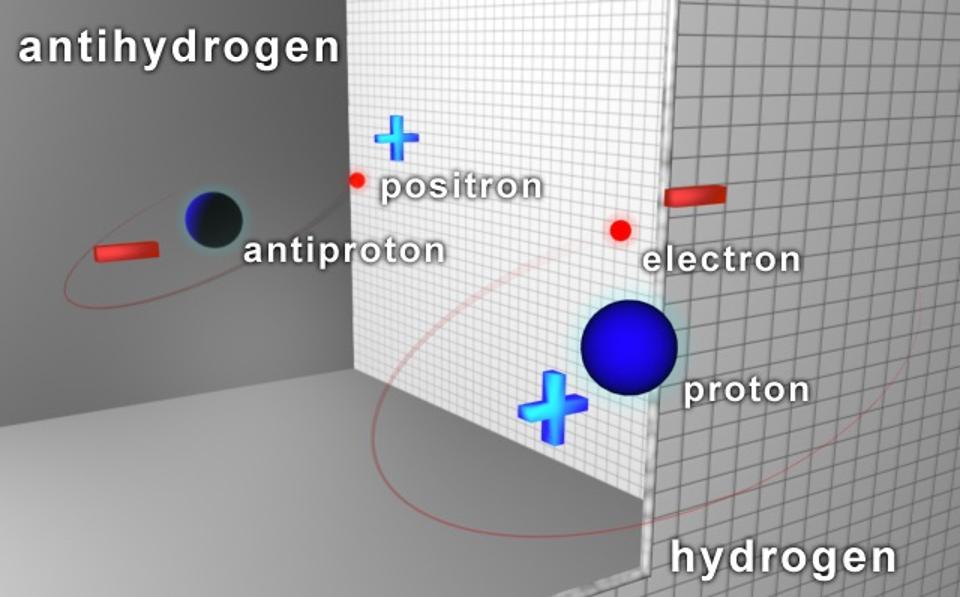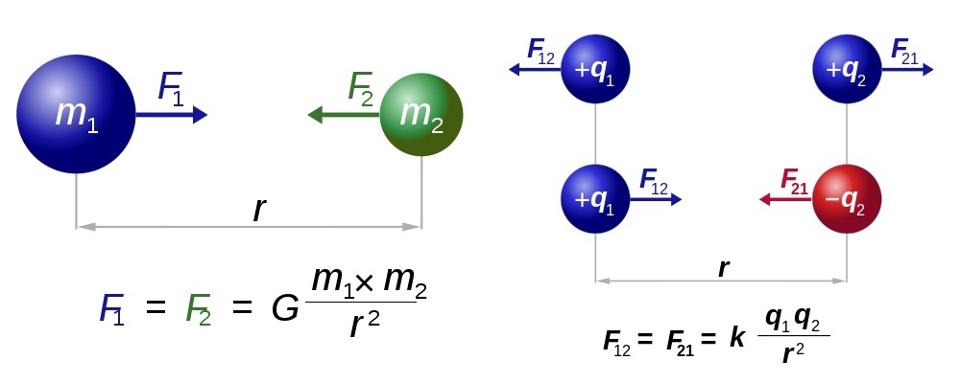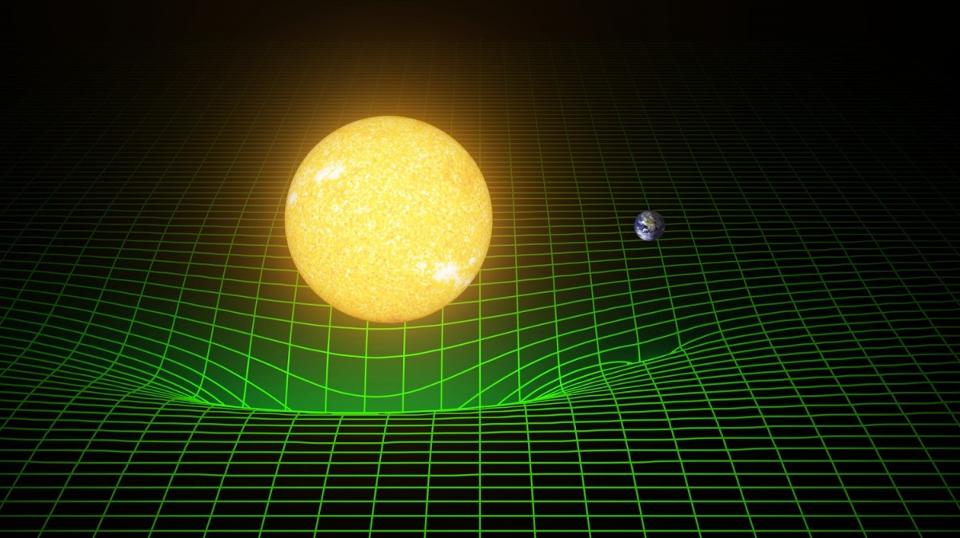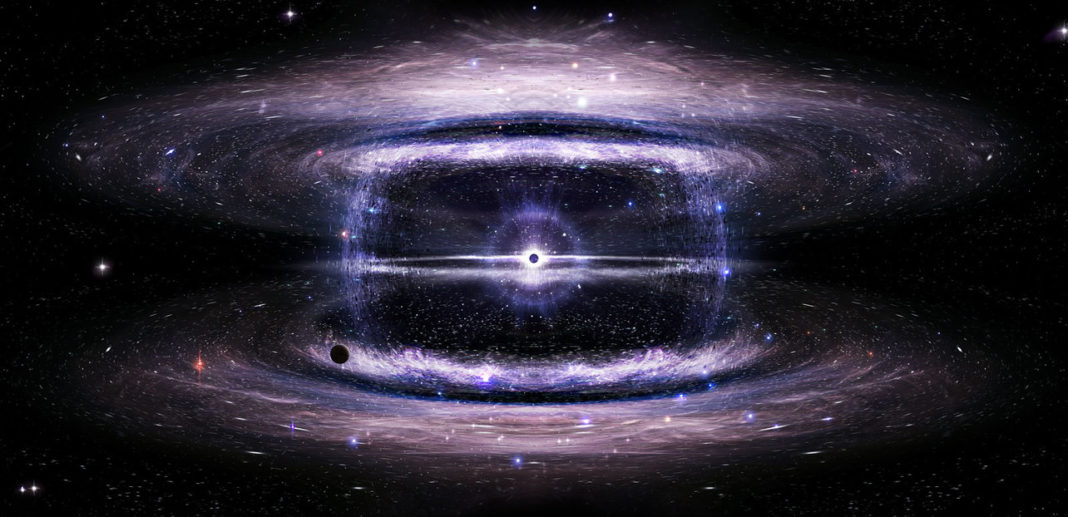There are many areas of physics that seem to defy us, where things don’t always react the way we think they will. Two laws of physics that share the same mathematical form are Newton’s law of gravity and Coulomb’s law for the electric force between two charges. Also, if you were to replace the Coulomb constant with the gravitational one, they would be exactly the same. So why then can we have both positive and negative electric charges but not both forms of gravitational masses?
The short answer to that question is that if there was anti-gravitating matter, it would be expelled by our planet, pushed away from our Sun, and sent our into space somewhere. So, it may not be that much of a surprise to know that we don’t find ant-gravitating matter there. But is anti-gravitating matter fond anywhere else?
Coulomb’s law comes into play when scientists want to know the difference between gravity and the electromagnetic interaction. Fields mediate interactions between particles. The mediator is a vector field for electromagnetism and a 2nd rank tensor field for gravity. When an interaction is quantized, the interaction’s field is joined by a particle. With electromagnetism, it’s the photon, and with gravity, it the (hypothetical gravitation).
The big difference between these two cases is down to the sign. For any vector field, like charges will repel and unlike charges will attract. On the flip side, for any 2nd rank tensor field, like charges attract and unlike charges repel. This leads us to the conclusion then that an anti-gravitating particle would only be expelled in certain circumstances. Normal gravitating mass (positive) would repel it whereas a gravitational mass of its kind (negative) would attract it.
So then, where are particles of negative gravitational mass found? Well, first let’s distinguish between gravitational mass and inertial mass. Gravitational mass creates the gravitational field of an object whereas the inertial mass is what gives rise to the object’s inertia. Inertial mass is always positively valued. All particles that we know of are classified in the standard model of particle physics, which also includes anti-particles. These are the same as their partner particles, except they have a positive electric charge. So, would it be possible for antiparticles to also anti-gravitate? The answer to this is no.


If you follow the standard model, you will see that antimatter gravitates the same way as normal matter. You can’t usually see anti-particles, even though they are around us. However, you can see a flash of light when the come into contact with normal matter and get annihilated. Quarks that make up neutrons and protons are held together by both matter and antimatter particles, and the antiparticles’ energy makes up a large portion of the total mass of neutrons and protons, and essentially everything around us. What this means then is that if antimatter were to a have negative gravitational mass, the equivalence principle would be violated, but because it isn’t, we can deduce that antimatter doesn’t anti-gravitate.
More News to Read
- Tesla’s New Upgraded Autopilot Uses 2 Out of 8 Cameras
- How to Achieve Effective Quantum Information Transfer Even in the Presence of Noise
- New Alien Detecting Technique Created by Caltech Researchers
- Was it Gravity that Saved the Universe After the Big Bang?
- Rapid Human Trips to Mars Could Soon Be Possible











